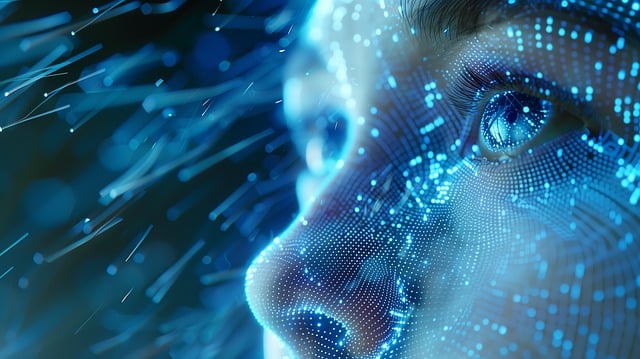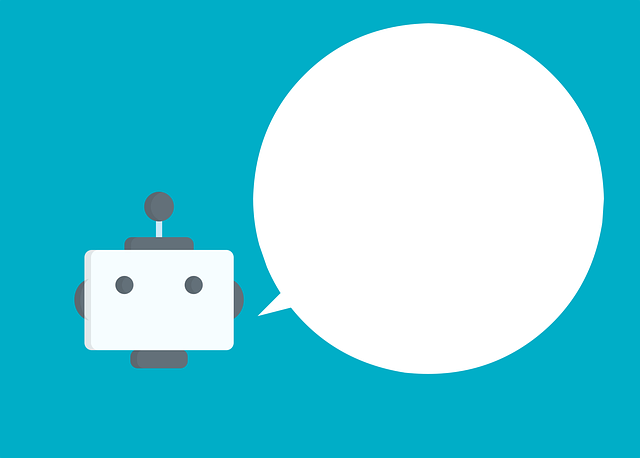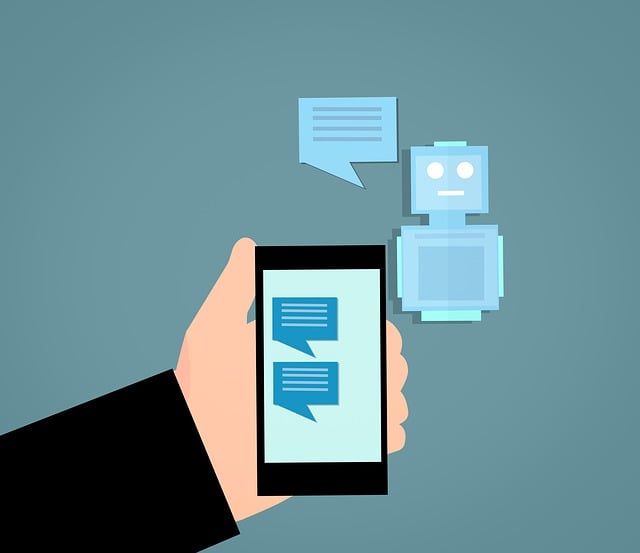AI chatbots are revolutionizing work environments by efficiently managing tasks, automating repetitive jobs, and providing personalized recommendations. They enhance collaboration, integrate with software systems, and proactively resolve issues, boosting productivity and employee satisfaction. As AI technology advances, these intelligent assistants will continue to transform workplace dynamics, improving operations, response times, and overall workforce engagement. Strategic implementation involves identifying key tasks, training the chatbot with relevant data, and continuously updating it based on user interactions.
In today’s fast-paced business environment, boosting efficiency is paramount. AI-powered workplace assistants are emerging as game-changers, revolutionizing how we interact with technology and collaborate at work. This article delves into the transformative potential of AI chatbots, exploring their role in unlocking unprecedented productivity gains. From streamlining tasks to offering personalized support, these intelligent tools are not just efficient but also adaptive, marking a new era in modern office dynamics. Get ready to understand how AI chatbots are redefining workplace efficiency and what strategies you can employ for a successful transition.
- Understanding AI Chatbots: Unlocking Potential for Workplace Efficiency
- The Rise of AI-Powered Assistants in the Modern Office
- Enhancing Productivity: How AI Chatbots Streamline Tasks
- Benefits Beyond Task Management: Personalized Support and Training
- Implementing AI Chatbots: Strategies for a Successful Transition
Understanding AI Chatbots: Unlocking Potential for Workplace Efficiency

AI chatbots are transforming the way we work by offering efficient and effective solutions to everyday tasks. These intelligent assistants leverage natural language processing (NLP) and machine learning algorithms to understand and respond to user queries in human-like conversations. By automating repetitive tasks, providing quick access to information, and offering personalized recommendations, AI chatbots significantly boost workplace efficiency.
The potential of AI chatbots extends beyond simple task automation. They can enhance collaboration by facilitating communication between team members, integrating with existing software systems for seamless data exchange, and even predicting and resolving issues before they arise. As AI technology continues to evolve, these chatbots will become increasingly sophisticated, further unlocking their potential to revolutionize various aspects of the modern workplace.
The Rise of AI-Powered Assistants in the Modern Office

In today’s digital era, the modern office is undergoing a silent revolution with the rise of AI-powered workplace assistants. These intelligent chatbots are no longer a futuristic concept but an integral part of daily operations for many businesses. Their ability to process vast amounts of data and perform complex tasks with remarkable accuracy has transformed how we work. From scheduling meetings to handling customer inquiries, these virtual assistants are enhancing productivity by automating repetitive jobs, allowing employees to focus on more strategic responsibilities.
AI chatbots offer a multitude of benefits that cater to both employees and employers. They provide instant, personalized support, ensuring that every team member receives timely assistance. With their round-the-clock availability, these assistants can manage numerous queries simultaneously, reducing response times and increasing overall efficiency. As technology advances, AI chatbot capabilities continue to evolve, promising an even more seamless integration into the fabric of modern workplaces.
Enhancing Productivity: How AI Chatbots Streamline Tasks

AI chatbots are revolutionizing workplace dynamics by significantly enhancing productivity through efficient task management. These intelligent assistants can handle a multitude of tasks, from answering basic queries to managing complex schedules and organizing files. By automating repetitive and time-consuming activities, they free up employees’ time, allowing them to focus on more strategic and creative aspects of their work.
The integration of AI chatbots in the workplace streamlines operations by providing quick access to information, reducing response times for common requests, and ensuring tasks are completed promptly. They can learn from user interactions, adapt to individual preferences, and continuously improve performance over time. This not only boosts overall productivity but also contributes to a more satisfied and engaged workforce.
Benefits Beyond Task Management: Personalized Support and Training

AI chatbots offer significant advantages beyond mere task management, providing personalized support and training that enhances workplace productivity and employee satisfaction. These intelligent assistants can adapt to individual user needs, offering tailored recommendations and guidance based on specific tasks or projects. By learning from user interactions, AI chatbots evolve to better understand complex workflows and unique organizational structures, ensuring that their assistance remains relevant and effective over time.
Moreover, they facilitate customized training experiences. Through interactive dialogues, these chatbots can explain concepts, clarify procedures, and even provide step-by-step instructions in a conversational manner. This personalized approach not only speeds up onboarding processes but also encourages ongoing learning and skill development among employees, fostering a culture of continuous improvement within the organization.
Implementing AI Chatbots: Strategies for a Successful Transition

Implementing AI chatbots in the workplace represents a strategic shift, demanding careful consideration and planning for a successful transition. To ensure adoption, organizations should first identify specific tasks or departments that would benefit most from an AI chatbot’s capabilities. This could range from customer service inquiries to scheduling meetings or managing employee databases. Once areas are selected, define clear objectives and KPIs to measure the chatbot’s performance and impact.
Effective training of AI chatbots is paramount. Organizations should gather comprehensive data relevant to each department, ensuring the chatbot understands industry-specific terminology and context. Regular updates and fine-tuning based on user interactions will enhance the chatbot’s accuracy and ability to handle a wider range of queries over time. Fostering open communication between employees and the chatbot through feedback mechanisms can also contribute to its continuous improvement.






